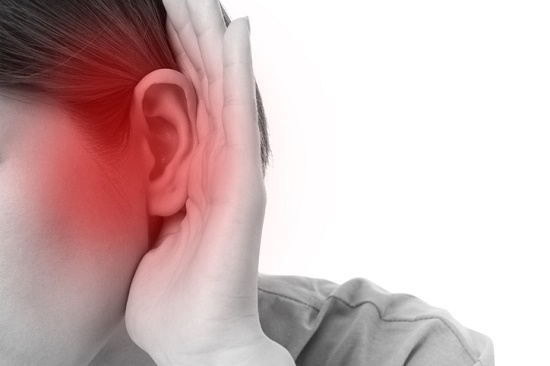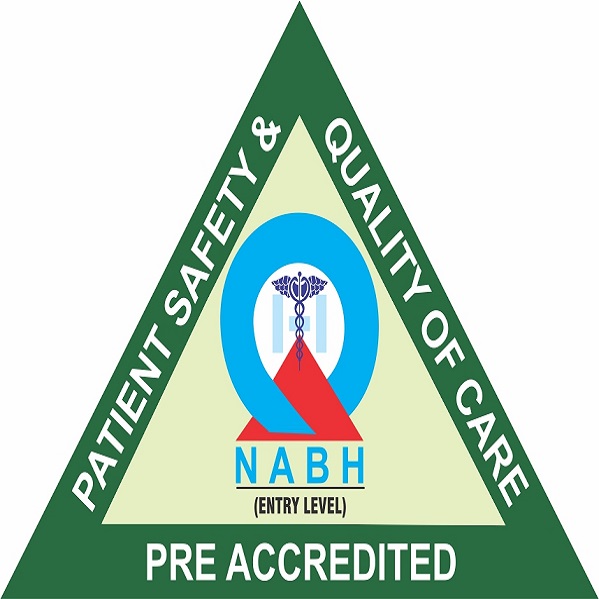Addressing Occupational Hazards for Ear Specialists: Preventing Noise-induced Hearing Loss – By Dr. Rahul Agrawal

Introduction:
Ear specialists, or otolaryngologists, play a crucial role in diagnosing and treating a variety of ear-related conditions. However, the nature of their work exposes them to occupational hazards, particularly the risk of noise-induced hearing loss. In this informative guide, Dr. Rahul Agrawal sheds light on the occupational hazards faced by ear specialists and offers insights into preventive measures to mitigate the risks of noise-induced hearing loss.
Chapter 1: The Nature of the Otolaryngologist’s Work
Dr. Agrawal begins by outlining the nature of an otolaryngologist’s work, emphasizing the importance of precision and focus required in diagnosing and treating ear conditions. The guide explores the various procedures, diagnostic tests, and surgeries that expose ear specialists to potentially harmful noise levels.
Chapter 2: Understanding Noise-induced Hearing Loss
This chapter delves into the mechanisms of noise-induced hearing loss, explaining how prolonged exposure to loud sounds can damage the delicate structures of the inner ear. Dr. Agrawal discusses the cumulative effects of noise exposure and the impact it can have on an otolaryngologist’s own hearing health.
Chapter 3: Recognizing Occupational Hazards
Dr. Agrawal highlights the specific occupational hazards that ear specialists face daily, including exposure to loud machinery, diagnostic equipment, and surgical tools. Understanding these hazards is crucial for developing effective strategies to minimize the risk of hearing damage.
Chapter 4: Protective Measures in the Workplace
The guide explores a range of protective measures that ear specialists can adopt in the workplace to safeguard their hearing. These may include the use of personal protective equipment such as noise-canceling earplugs or earmuffs during noisy procedures or surgeries.
Chapter 5: Implementing Hearing Conservation Programs
To proactively address occupational hazards, Dr. Agrawal recommends the implementation of hearing conservation programs in medical settings. These programs may include regular hearing screenings, education on noise exposure risks, and the promotion of healthy hearing habits among ear specialists.
Chapter 6: Advancements in Hearing Protection Technology
Dr. Agrawal discusses the latest advancements in hearing protection technology, such as custom-molded earplugs and high-fidelity earmuffs. These innovations offer ear specialists comfortable and effective solutions to reduce the impact of occupational noise exposure.
Chapter 7: Prioritizing Self-care and Regular Hearing Check-ups
The guide emphasizes the importance of self-care for ear specialists, encouraging them to prioritize regular hearing check-ups and monitor their hearing health. Dr. Agrawal advocates for a proactive approach to addressing any signs of hearing loss promptly.
Conclusion:
“Addressing Occupational Hazards for Ear Specialists: Preventing Noise-induced Hearing Loss” by Dr. Rahul Agrawal is a vital resource that brings attention to the occupational risks faced by ear specialists in their line of work. Dr. Agrawal’s expertise provides valuable insights into preventive measures, protective technologies, and the importance of prioritizing self-care to ensure the hearing health of those who dedicate their careers to preserving and restoring the hearing abilities of others. This guide serves as a call to action, urging ear specialists to take proactive steps to protect their own hearing while they continue their critical work in the field of otolaryngology.
For more info. please visit : https://www.ahrihospital.com/



